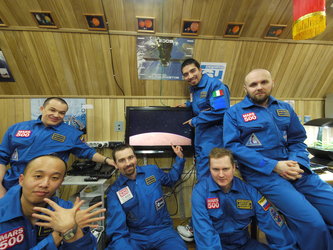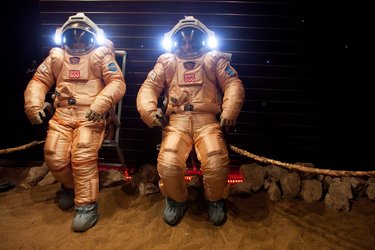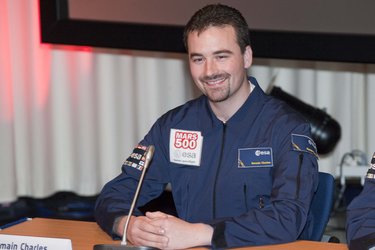Choosing the right people to go to Mars
When humans eventually travel to the Red Planet, the voyage will be long and difficult. The simulated Mars500 mission showed that every detail must be planned, including diet and sleep. The findings will also benefit those of us who stay behind.
Mars500 locked six ‘marsonauts’ in a simulated spaceship near Moscow, Russia for 520 days, the time it would take to fly to Mars and back plus 30 days spent exploring its surface.
During their simulated mission, the crew lived in isolation without fresh food, sunlight or fresh air.
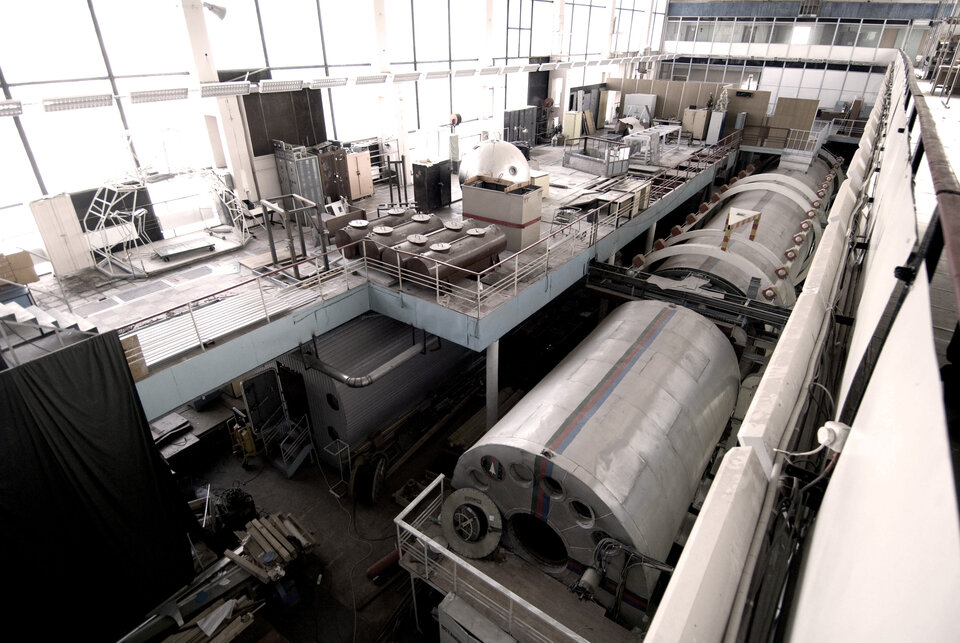
The international participants had no external cues such as the Sun going down at night to remind them when to sleep. Instead, they relied on artificial cues to regulate their sleep patterns such as checking their watches or being woken by other crewmembers.
ESA marsonaut Diego Urbina recalls: “Although there was an issue with sleeping patterns getting out of phase, it is amazing that the human body can adapt to a total lack of Sun.”
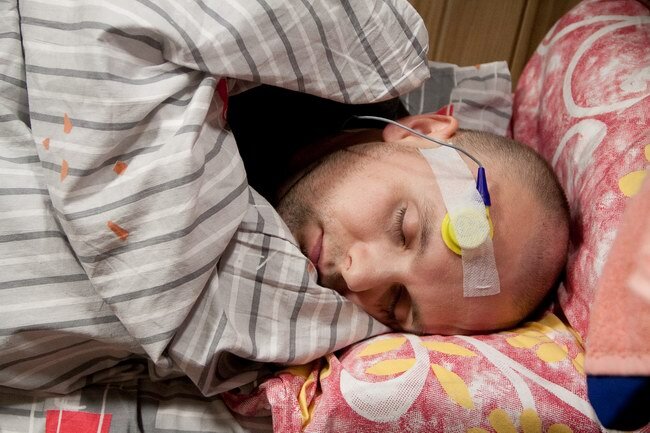
ESA scientists are looking into the problem of getting a good night’s sleep in many areas. ESA astronaut Luca Parmitano will measure hormones linked with sleep during his six-month stay on the International Space Station this year.
Nearer to home but equally isolated, research on the Concordia Antarctic base is monitoring the sleep patterns of crewmembers living for four months without sunlight during the polar winter.
For mission directors it is important to work out how astronauts rest so they can be ready for action at key moments. Astronauts need to be alert and performing at their best for landing on Mars. At what time of day should mission-critical moments be planned?

Other surprising findings from the mock Mars mission show that our bodies do not absorb and process salt constantly. As the marsonauts’ diet could be strictly controlled, researchers could monitor the amount of salt eaten and excreted each day.
It seems that our kidneys process salt in a weekly cycle, working harder to remove salt on some days than others. Why our bodies work this way is not known but finding out could help us to tailor diets to higher precision.
“These results are showing why we participated in the Mars500 study.” says Jennifer Ngo-Anh, ESA’s study manager.
“We expect even more interesting results now that researchers have had a year to analyse data from this unique long study.”
These findings will not only benefit astronauts in space but also everyone on Earth who works irregular hours, has problems sleeping or suffers salt-related high blood pressure.

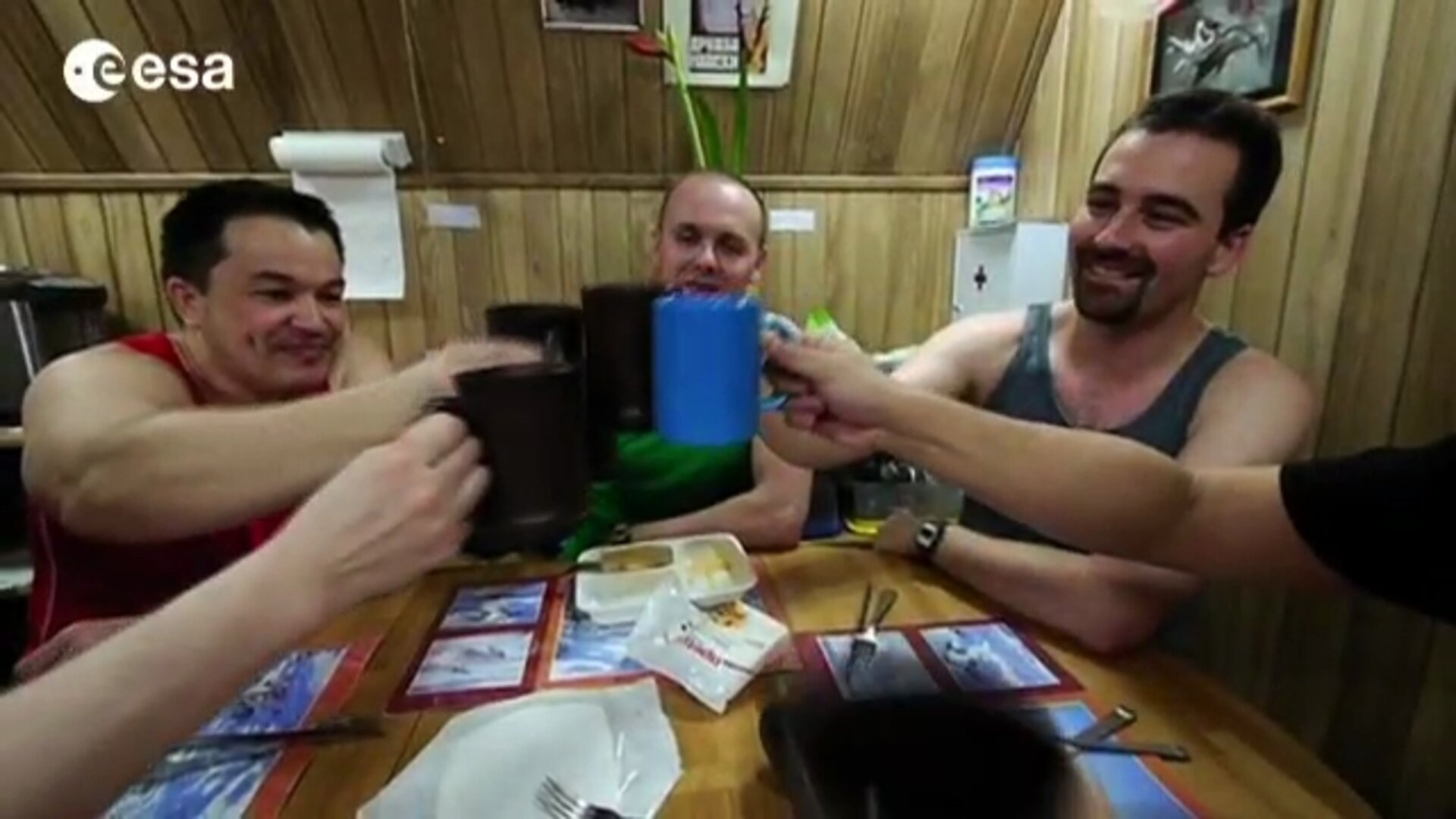
Access the video



